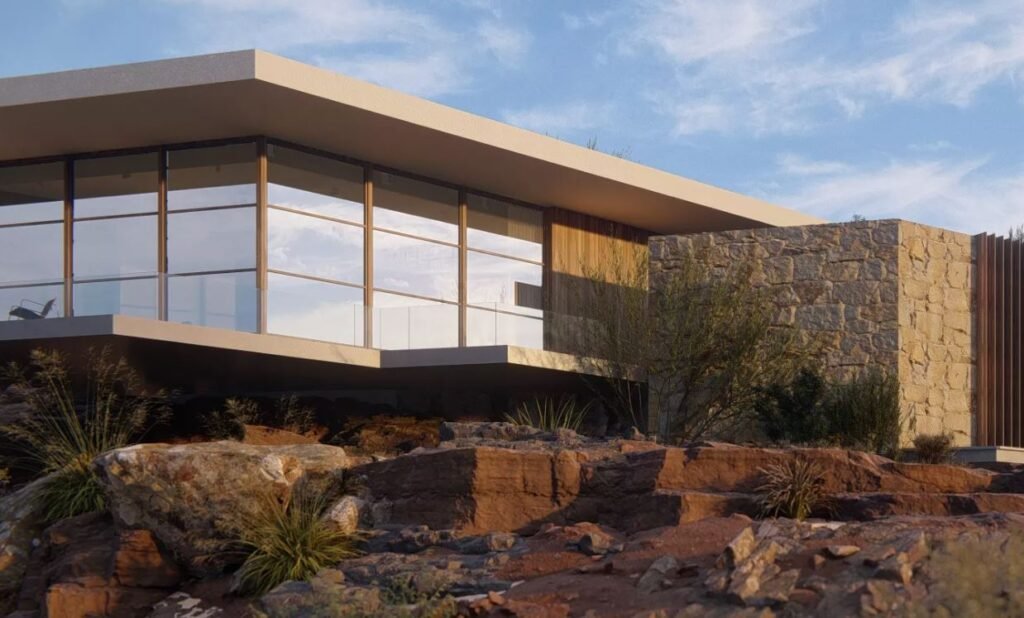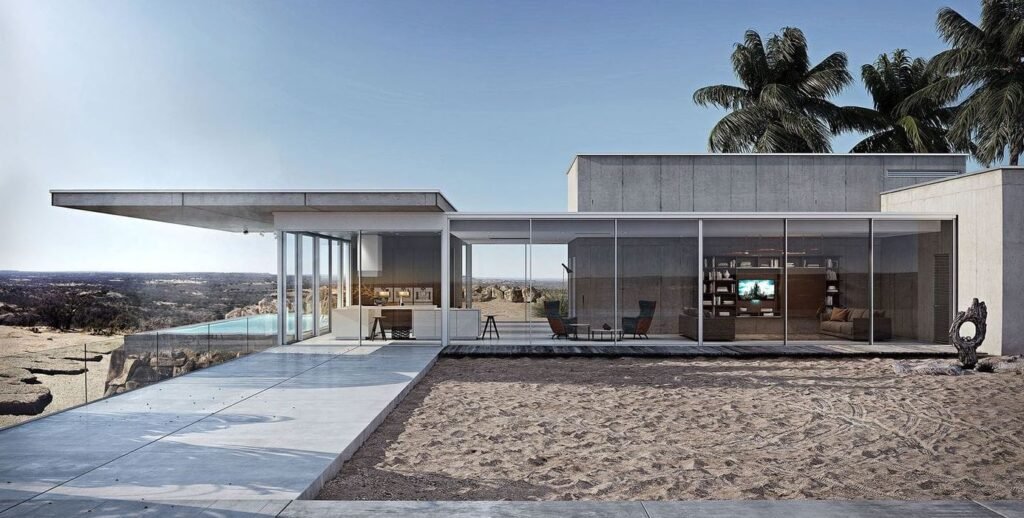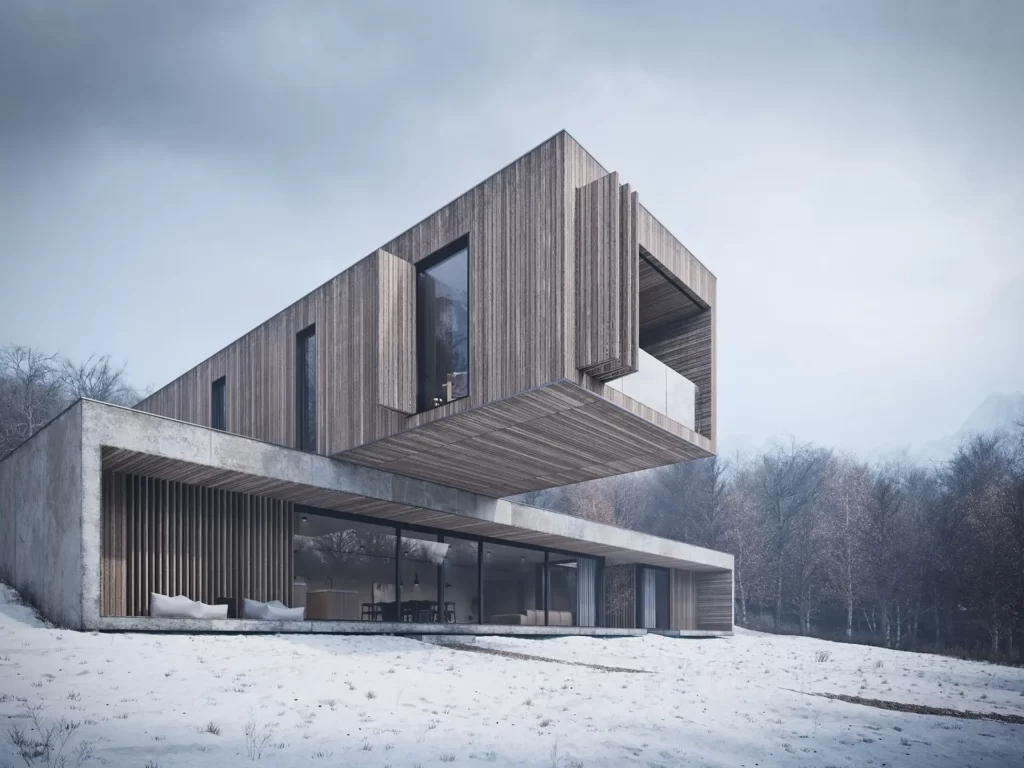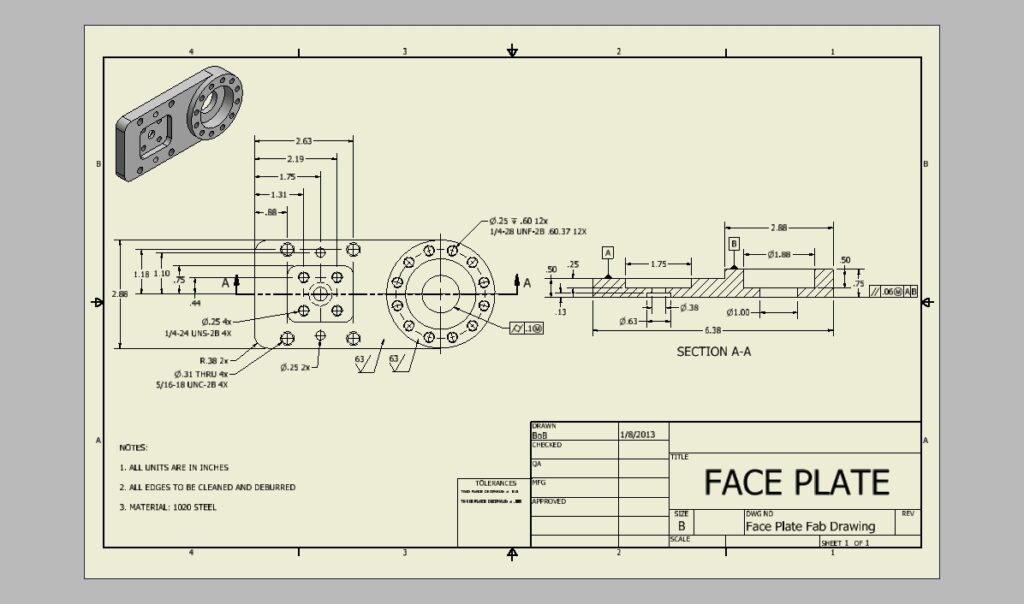
Crafting captivating visuals to effectively convey your design ideas becomes effortlessly achievable with the aid of architectural rendering software. However, moving beyond the conventional showcase of 3D models, floor plans, and construction drawings, architectural rendering stands as a transformative process that breathes life into design concepts. The rendering landscape can be divided into two realms: 2D renderings, rooted in plan, section, and elevation drawings, and 3D architecture renderings, leveraging advanced 3D CAD or BIM models. But, to enhance your architectural presentations, check out these top 10 rendering software tools.
What Is Architectural Rendering?
In this realm of architectural rendering, various methods and styles unfold, influenced by project characteristics and its developmental stage. However, the scope has evolved significantly, surpassing the limitations of static 2D images. Architects and clients alike now seek dynamic animations, immersive reality experiences, and virtual walkthroughs to authentically engage with envisioned spaces.
The evolution of visualization software over the past decade has been nothing short of remarkable, experiencing a surge in demand for photorealistic rendering.
This journey commenced with still photos, advanced to panoramas and short simulations, and has now boldly ventured into the realms of virtual reality (VR). Photorealistic rendering stands as the cornerstone, establishing a new standard for rendering engines.
Top 10 Rendering Software For Architecture And Design Projects
To navigate this dynamic landscape effectively, here’s an in-depth exploration of the top 10 rendering software for architecture and design projects in 2024:
1. Enscape

This real-time architectural rendering software, compatible as both standalone and a plugin for popular design tools like Rhino 3D and Revit, stands out for its high-quality renders, intuitive user interface, and support for VR experiences.
2. Lumion

Renowned for its user-friendly interface and swift rendering capabilities, Lumion boasts a content library that facilitates the creation of vibrant scenes with realistic elements like real skies, vegetation, and atmospheric effects.
3. Twinmotion

Developed by Epic Games, Twinmotion gains popularity for its seamless integration, real-time rendering capabilities, and support for VR mode, offering an immersive experience in architectural projects.
4. V-Ray

An industry staple known for its integration with Sketchup, V-Ray supports both CPU and GPU rendering, providing interactive rendering and viewport rendering for real-time adjustments.
5. Octane Render

As a GPU rendering pioneer, Octane Render offers a faster rendering process with real-time adjustments, supporting a wide array of lighting options, including HDRI, IES files, and spectral sun/sky daylighting systems.
6. Corona Renderer

Often overlooked but powerful, Corona Renderer by Chaos Group is lauded for its ease of use, producing physically plausible, high-quality renders with support for Chaos Cosmos, adding realistic materials and models.
7. Arnold Renderer

From Autodesk’s suite, Arnold Renderer excels in rendering complex images, making it suitable for animations and visual effects in film and games, though its robust toolset can be leveraged for architectural rendering.
8. Unreal Engine

Positioned as the most advanced real-time 3D creation tool, Unreal Engine transcends architecture, finding applications in game design, film, and automotive industries. Its photorealistic rendering capabilities extend to architectural design projects, supporting CAD and BIM models for stunning renders and VR experiences.
9. D5 Render

A newcomer gaining traction, D5 Render offers fast and reliable rendering capabilities with over 8000 high-quality assets. Its powerful sync plugin with Revit and Archicad facilitates easy rendering of BIM models.
10. KeyShot

Recognized for its intuitive interface and supporting both CPU and GPU rendering, KeyShot is a popular choice for product visualization and design, showcasing realistic materials and scientifically-accurate renders.
Incorporating rendering processes and software into projects holds multifaceted benefits. Clients gain a clearer visualization of their dream projects, architects enhance their pitches, and potential design issues are identified early in the process. Embracing 3D visualization and rendering software has become imperative for contemporary design projects, allowing architects to create visually striking models and presentations that leave a lasting impression on clients and stakeholders alike.


